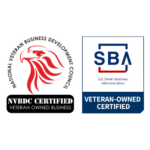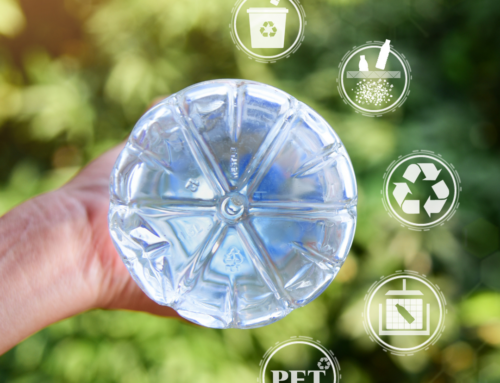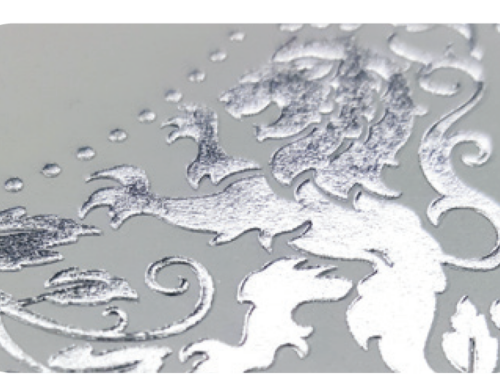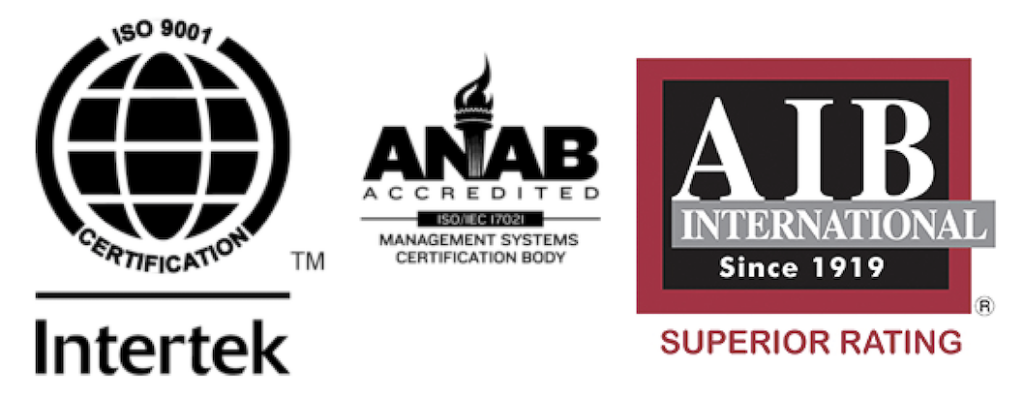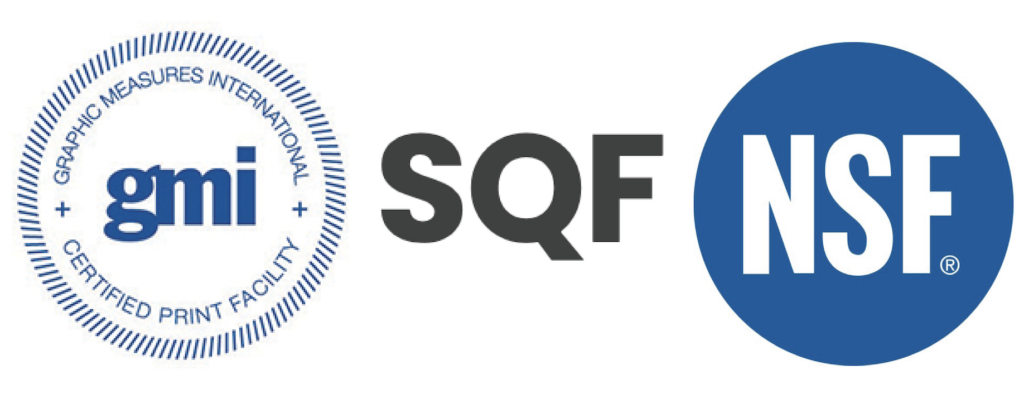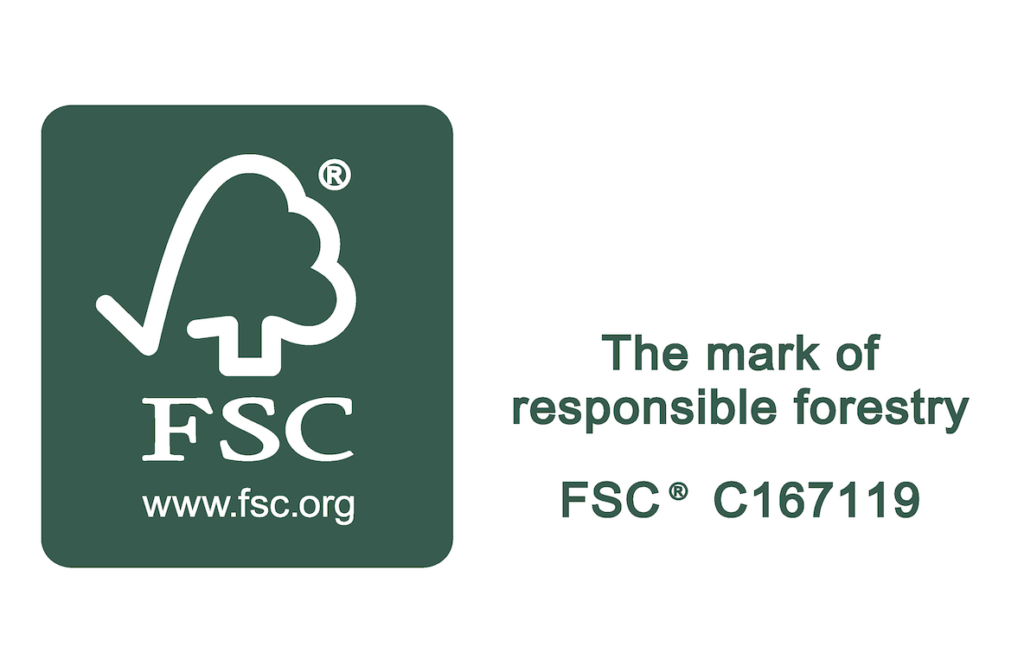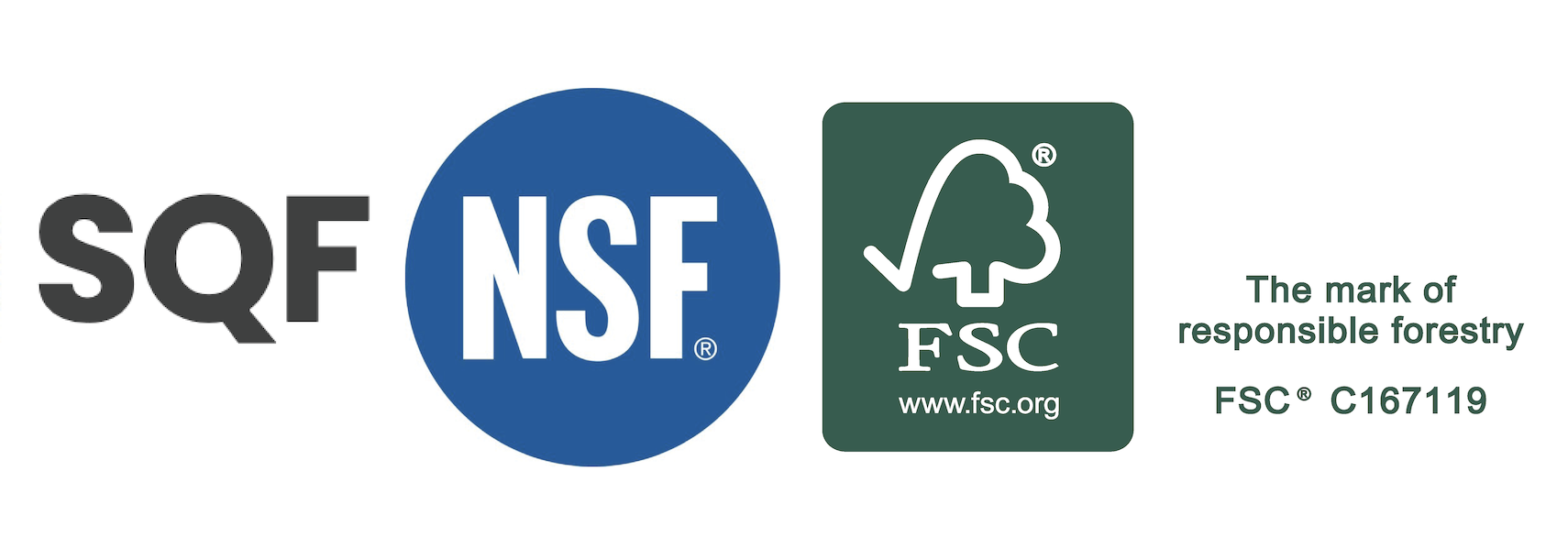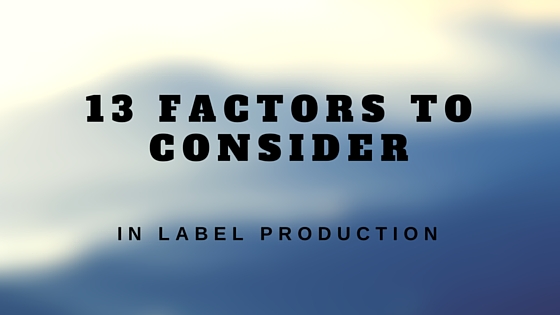
Is this your first time producing labels for your brand? First, consider these quick tips instead of worrying about what you’re doing.
1. Label Material Costs
Whether it’s nonadhesive or pre-adhesive, opaque or clear, metalized (or even something else entirely) the cost of the material is an important factor in planning your label. Depending on your industry, a label stock also impacts the customers’ perceptions of your product.
2. Printing and Converting Costs
There are a number of things to consider, including the number of colors, in-line options, sheet or even web printed options. Does it make more sense to print digital labels or flexographic labels instead?
3. Appearance Options
What kind of paper are you using? Or, instead, how about the kind of film you want? Are you also looking for quality? Perhaps even a tactile touch or a “no-label” appearance? Also, what sort of labeling techniques enhance the appearance?
4. Durability
Consider your label’s needs when it comes to scuffing resistance, image deterioration, water resistance or heat resistance. Will your label even withstand its conditions otherwise?
5. Production Flexibility
Consider possible needs where ease and speed of label line change-over are concerned. This has nothing to do with label production, as in printing. Instead, this is all about getting the right label applicator. Ensure the label applicator fits your production line.
6. Environmentally Friendly Options
Green practices are becoming increasingly important. Consider recyclability, returnability, and waste disposal. There are many sustainable stocks to choose from, so make an easy change.
7. Required Volume
Will you be needing short runs? Medium runs? Long-runs? -How about the speed of application? Are high speeds required? This impacts whether you print flexographic, or digitally.
8. Capital Investment of Label Line Equipment
Using wet glue may cost more, while self-adhesive may prove to be a lower cost. Consider how that decision also impacts the professionalism or even the durability of the label.
9. Cost of Label Production
Consider the cost of the operator and the labeling system you install into your line. Also, consider the money a label applicator saves. Even the labor it reduces. Instead of focussing on cutting costs, focus on saving future funds.
10. Down-Time
Consider the time it takes to set up, clean up and remove misapplied labels also. Again, label applicators solve this issue. Label consistently every time and also provide a professional grade look for your product.
11. Performance Needs
Does your label require chemical or even water resistance also? Are your labels for autoclaving or sterilizing? Instead, do your labels even need wet-strength? How about the temperature? It’s time to even consider high or low-temperature usage.
12. Information Needs on The Label
Are there special requirements for getting information on your label also? Consider reserve-side printed, leaflet, or booklet label options. Also, think about how labeling technology links customers to information on the web. Build a relationship without even needing extra content space.
13. Security Features
If your label requires security features, you may also need tamper-evidence, anti-theft, brand protection or even holograms.
Learn more about Great Lakes Label’s products and techniques to also help you design. Download our comprehensive label production and design guide.
Connect with us on social media!

